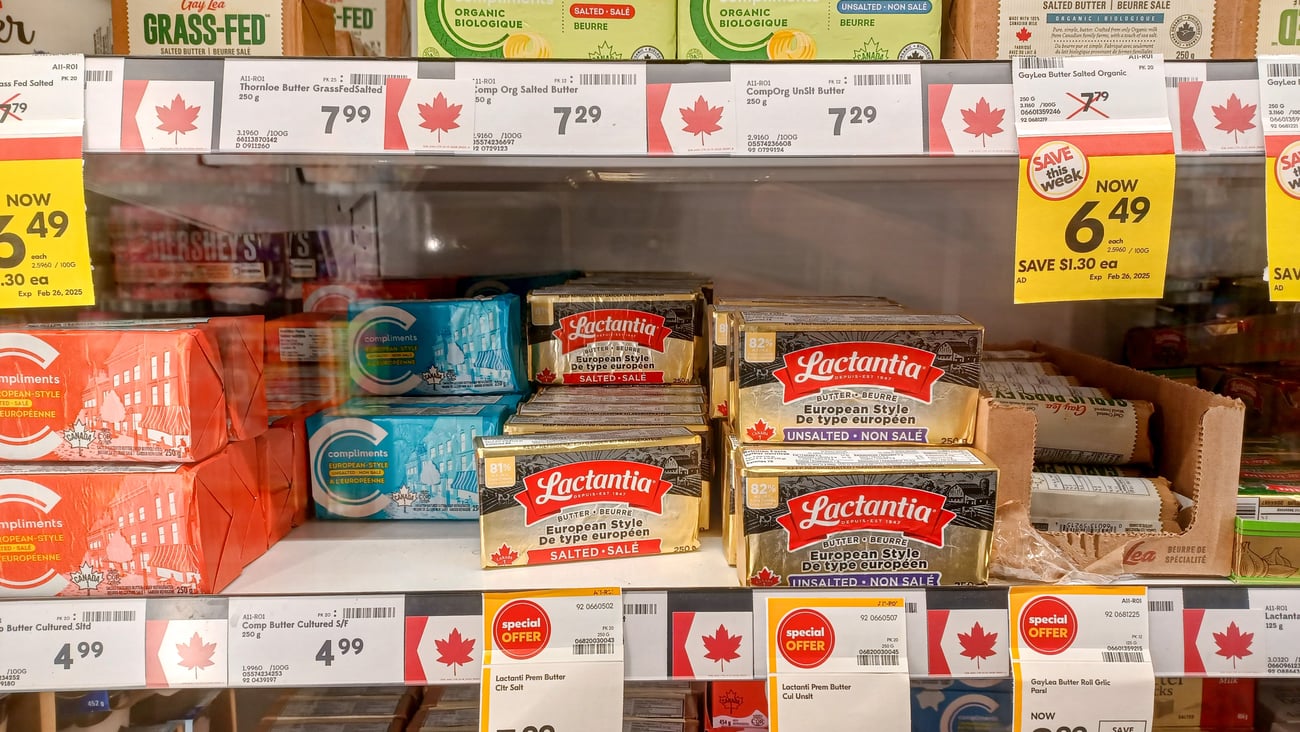Food fight
The first part of 2022 has seen the pandemic enter a new phase with life, arguably, feeling more “normal” than at any other time over the past two years. For restaurants and the service industry more broadly, which bore much of the economic pain since 2020, the return to “normal” is undeniably a welcome relief. Following a long period of having to keep our distance from one another, breaking bread together at restaurants feels particularly gratifying.
Since 2020, there have been businesses that have benefited and those that have suffered as a result of the pandemic. Lower sales at foodservice translated into gains at grocery retail. Even when dealing with a virulent virus, people still need to eat, and grocery was the obvious go-to for all those meal occasions. With COVID-19 now prompting less fear, restaurants are well-positioned to claw back their share.
For the grocery industry, the question is how to maintain these gains in a post-pandemic world.
Home meal replacement’s (HMR) and grocerants’ importance have grown in recent years. Once regarded as a “nice-to-have” side business for grocers, there has been a qualitative expansion in the range of offerings at HMR across a range of banners. Indeed, three-in-five Canadians claim they buy prepared/made-to-order foods from HMR with half of these consumers doing so at least once a week, according to Mintel’s report on Home Meal Replacement & Grocerants in Canada.
For many, HMR not only offers an alternative to cooking from home, but also to getting meals from restaurants and particularly from quick-service restaurants. Of those who use HMR, seven out of 10 agree that “when deciding on takeout, [they’re] as likely to consider ready-made meals from grocery stores as [they are] takeout from fast-food.” In other words, HMR programs not only make mealtime easier by providing an alternative to cooking, but for many they are also an alternative to restaurants.
When asked what they saw as the main advantages of HMR compared to fast-food restaurants, having options available on site when grocery shopping was the most cited reason by those surveyed, followed by offering better value for money. In an era of surging inflation, the second reason undoubtedly holds added importance. Providing meals that are comparable to what one can get from either quick- or full-service restaurants and at lower prices can bolster a grocer’s reputation for being a culinary destination that is easier on the wallet.
Investing in HMR can also help drive in-store traffic, with two-thirds of HMR consumers indicating they are “more likely to shop at grocery stores that have a wide selection of ready-made meals available,” thereby providing an added point of differentiation compared to other grocers.
As Canadians’ lives increasingly resemble what they looked like prior to the pandemic, grocers will undoubtedly experience more competition from foodservice. Through HMR and grocerants, grocery retailers offer Canadians an alternative to restaurants and an added incentive to shop and spend at their store as the pandemic winds down.
This column appeared in Canadian Grocer's June/July 2022 issue.




